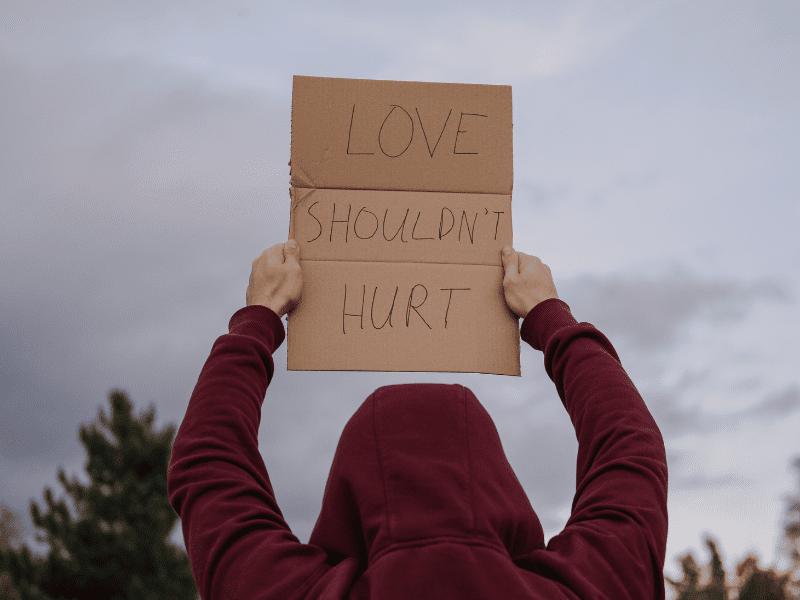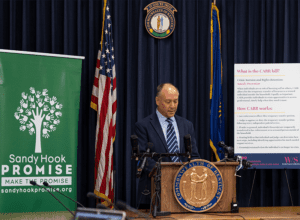Teen dating violence is shockingly more common than you would think. In fact, one organization estimates that one in three teens will be abused by their partner or someone they’re dating. Above all, domestic violence has especially deadly consequences when it involves weapons.
Protections from Violence at Risk
Protections for people who have experienced domestic or intimate partner violence are also at risk. A recent court ruling removes restrictions that prevent people with domestic violence restraining orders from owning firearms. These restraining orders are a legal tool to help people. When courts issue a domestic violence restraining order against someone, it means that person poses a significant threat. Further, the person who received the order must remain a safe distance away and prevent contact or other forms of harassment.
Federal law prohibits these abusers from owning guns and other deadly weapons. Even so, the court decided that abusers may be allowed to own guns while under a domestic violence restraining order. In November 2023, the Supreme Court heard oral arguments in the case of U.S. v. Rahimi. This case focuses on domestic violence and the Second Amendment, specifically 18 U.S.C. 922(g)(8). The Supreme Court is still reviewing the case and they are expected to make a decision this summer.
Key Facts and Stats
Sandy Hook Promise’s own National Crisis Center regularly receives tips related to intimate partner violence. Since the start of the Say Something Anonymous Reporting System in 2018, they have helped save nearly 400 lives and prevented over 100 acts of violence with a weapon. Our violence prevention experts have also identified the following facts and statistics to help you raise awareness.
- On average, every day our caring Crisis Counselors receive at least one tip related to intimate partner violence from concerned students.
- There is a dangerous intersection between high rates of intimate partner violence and gun violence against teens. Gun fatalities are the leading cause of death for teens.
- Violence against women and girls is common among mass shooters.
- Former intimate partners have been the targets in several school shootings.
- In addition to thousands of murder victims each year, 1 million women have been shot and injured by a partner.
- People of any gender or who are gender non-conforming can be victims of intimate partner violence. 1 in 3 women and 1 in 4 men identify as having been abused by a partner at one or more points in their lives.
- Sandy Hook Promise helped champion the passage of the Bipartisan Safer Communities Act of 2022, which expands provisions to keep guns out of the hands of domestic abusers.
Warning Signs of Domestic and Dating Violence
- Any attack or threat, whether physical, verbal or in social media.
- Acting possessive or jealous.
- Controlling behavior such as keeping a partner away from friends, telling them what to do or wear.
- Cyberstalking or snooping on a partner’s phone.
Visit Break the Cycle to see their full list of dating violence warning signs.
What To Do If You or a Friend or Loved One Needs Help
- Call 911 if you believe there is immediate danger.
- Tell a trusted adult and get help.
- Share the signs with your loved ones, students and classmates.
- Call a domestic violence hotline, such as the National Domestic Violence Hotline at 800-799-7233.
- If you have access to an anonymous reporting system, submit a tip.
Get Involved with Violence Prevention
Over 10 million people have made the Promise to protect people from gun violence. Please join us.


